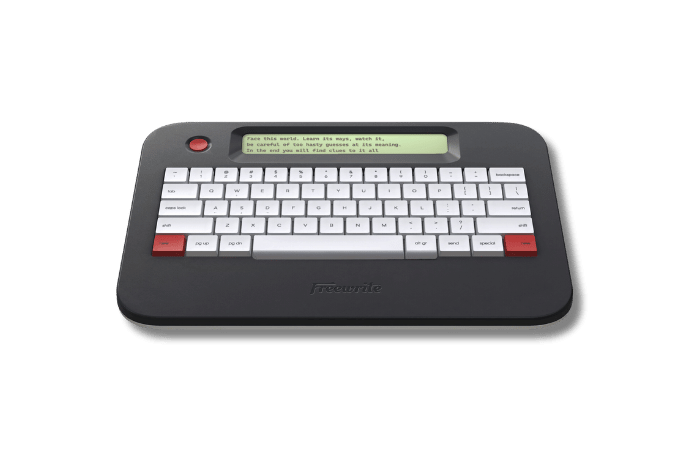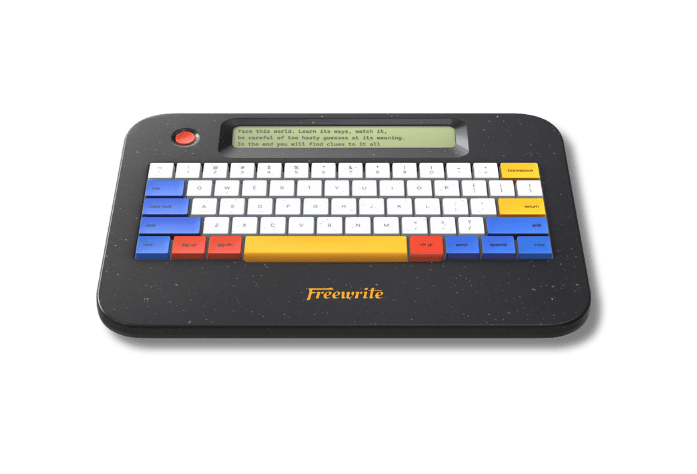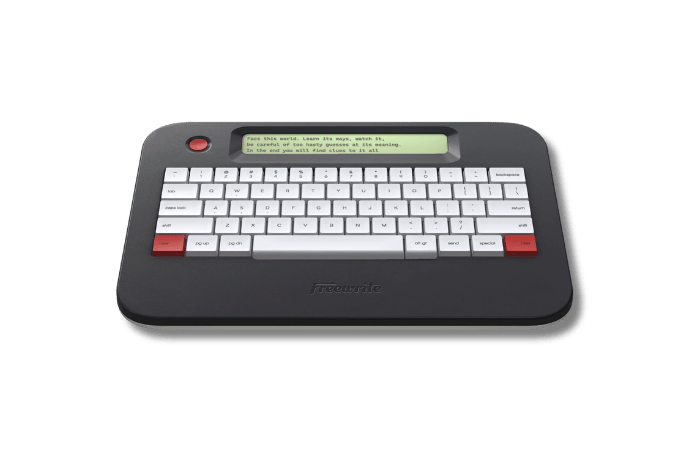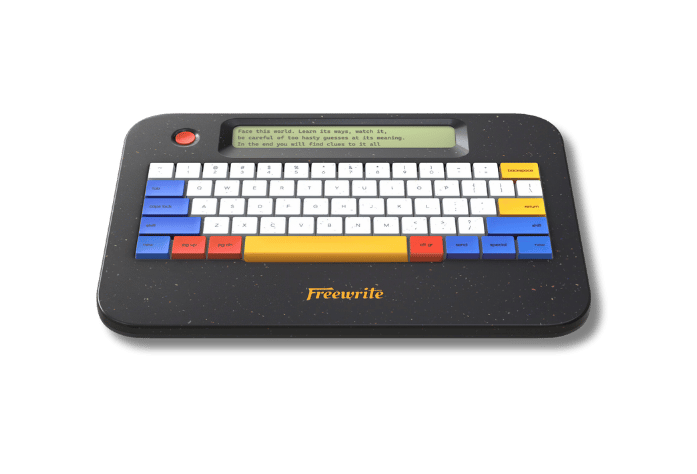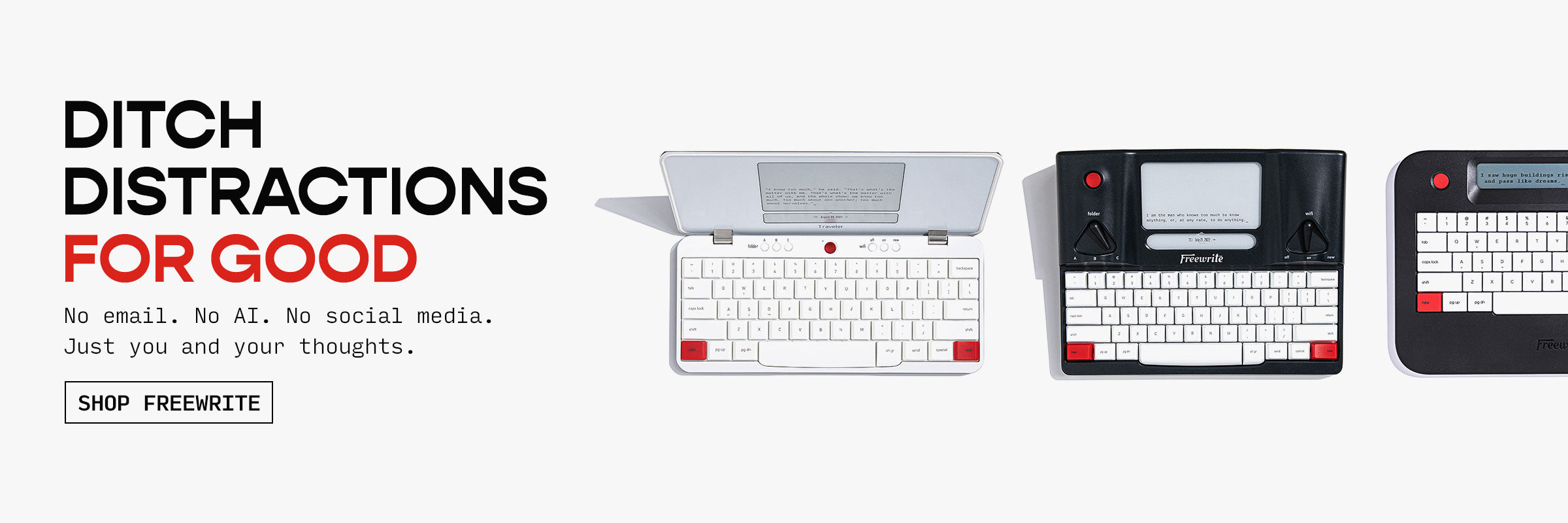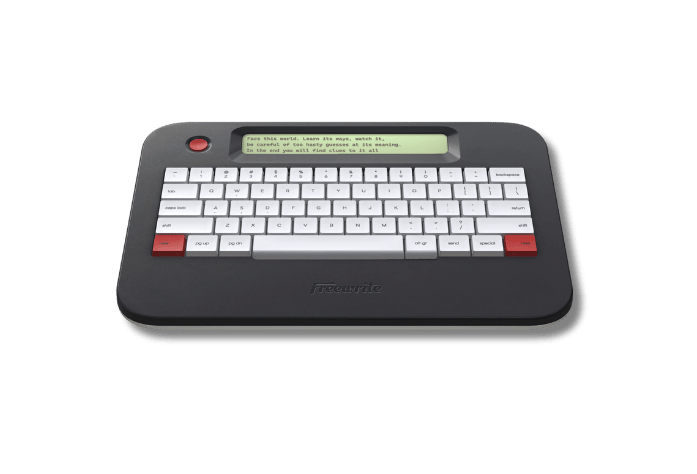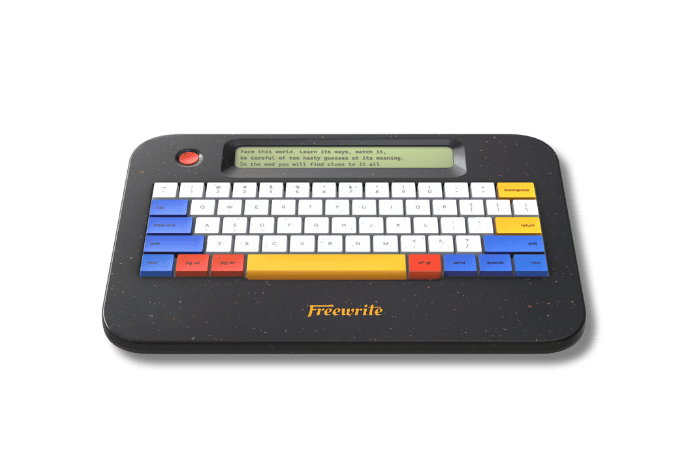Today’s guest post is by James Scott Bell. Bell is a bestselling thriller author and writing teacher. His seminal book, Plot & Structure, has been the #1 craft book from Writer’s Digest Books for over a decade.
At a recent workshop I was teaching, I began by showing a clip from the amusing Albert Brooks film, The Muse.
It’s the story of a middle-aged screenwriter facing a career crisis (which, in Hollywood, is almost redundant). Early on, Brooks is having lunch with a studio honcho who is about fifteen years his junior. Brooks has submitted an action script and wants feedback.
The honcho says, “Let me put this in a form that’s not insulting, because I tend to be too direct. All my friends tell me that. The script’s no good.”
Brook says, “That's the form that’s not insulting? What would the insulting form be?”
When Brooks asks what’s wrong with the script, the honcho replies, “What’s wrong with the script ... is you.”
Brooks presses for more specifics. The honcho finally says, “You’ve lost your edge.”
Brooks looks at him with that Albert Brooks existential-angst expression he has practically trademarked. The honcho further states that the studio needs Brooks to vacate his office so Brian De Palma can have it. “You can’t give Brian De Palma my office!” Brooks says.
“It’s not really your office,” the honcho replies. “We’re all just using space here. I’m where Lucille Ball used to be.”
“Too bad you’re not where she is now.”
In short, the lunch does not go well.
After the clip, I told the class part of the reason they were at Story Masters was to avoid ever being subjected to a conversation like that. How? By finding and keeping their edge.
Which every writer has, by the way. The challenge is to dig it out and give if form on the page.
Just what is the edge? It’s you. It’s what sets you apart from every other writer. You are a unique human being, a package of singular experiences, passions, joys ... not to mention DNA. The trick to this edge business is marrying your distinctiveness with craft mastery and an overall strategy for your novel.
Yeah, that’s all.
I then showed the students a quote from a former acquisitions editor at Penguin, Marian Lizzi. She was writing about the things that cause a house to say no to a manuscript. One of these is that the book is not “remarkable/surprising/unputdownable enough”:
This one is the most difficult to articulate – and yet in many ways it’s the most important hurdle to clear. Does the proposal get people excited? Will sales reps and buyers be eager to read it – and then eager to talk it up themselves? As my first boss used to warn us green editorial assistants two decades ago the type of submission that’s the toughest to spot – and the most essential to avoid -- is the one that is “skillful, competent, literate, and ultimately forgettable.”
These words are more important now than ever. We all know about the “tsunami of content” competing for attention and repeat business, even though so much of it is (how do I put this in a form that’s not insulting?) no good.
However, a lot of it is good. Over the last nearly quarter-century of teaching the craft, I've seen the level of competent fiction rise significantly. With all of the teaching and critique-grouping and editor/agent-paneling and craft books and blogs out there, anyone with a minimal amount of talent—and a whole lot of grit—can learn to write competent fiction.
Which means we have to be more than good to stand out from the morass. The edge is critical to getting us there.
An old preacher once told his ministerial students that a sermon is no good unless it makes the congregation sad, mad, or glad. There is much truth in that. So try this exercise:
Write down three things that make you sad, three that make you mad, and three that make you glad. (Note: just for variety, try skipping anything political!)
Next, take each of these nine items and write one page about why you feel this way. Go deep. Use your life experiences, how you were raised, what you've observed, specific scenes from your past. You never have to show these pages to anyone, so rant and rave and cry all you want. Hot tears forge sharp edges.
You now have nine pages of emotional response, unique to you.
When you develop your main characters, give them a sad, mad, and glad set. They don’t have to overlap yours, but certainly may.
Now create backstory to justify each feeling, keeping at it until you feel it too.
Your edge will emerge. Follow it, put it in the sinew of your characters and the tension of your scenes. If you do that, there will be no need for an uncomfortable lunch.
You can finish your book instead.
 James Scott Bellis a bestselling thriller author and writing teacher. His seminal book, Plot & Structure, has been the #1 craft book from Writer’s Digest Books for over a decade. A sought-after speaker at writers’ conferences, Jim’s popular course “Writing a Novel They Can’t Put Down” is now available online. You can visit his website at www.jamesscottbell.com.
James Scott Bellis a bestselling thriller author and writing teacher. His seminal book, Plot & Structure, has been the #1 craft book from Writer’s Digest Books for over a decade. A sought-after speaker at writers’ conferences, Jim’s popular course “Writing a Novel They Can’t Put Down” is now available online. You can visit his website at www.jamesscottbell.com.



